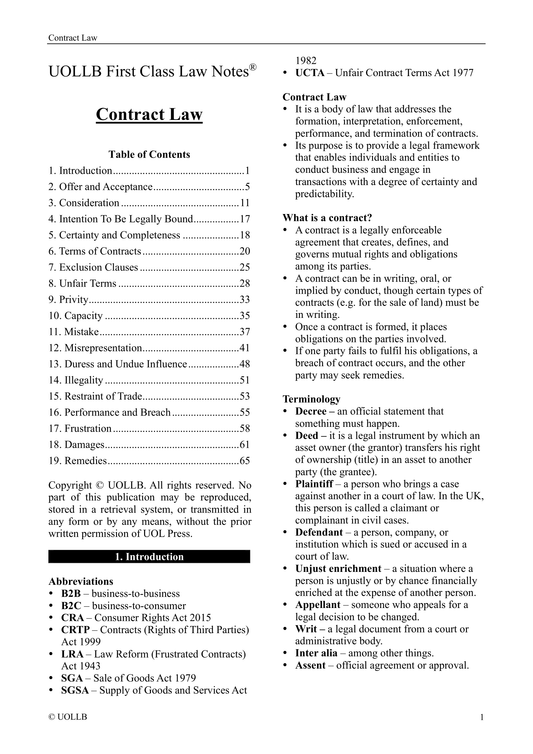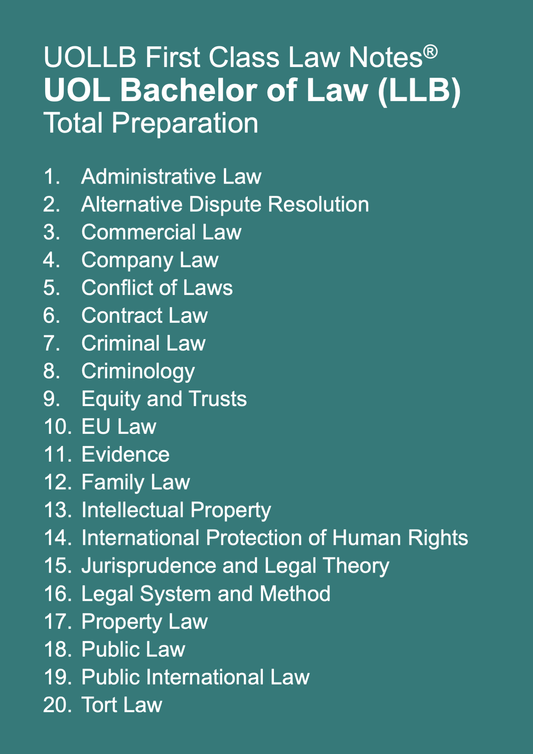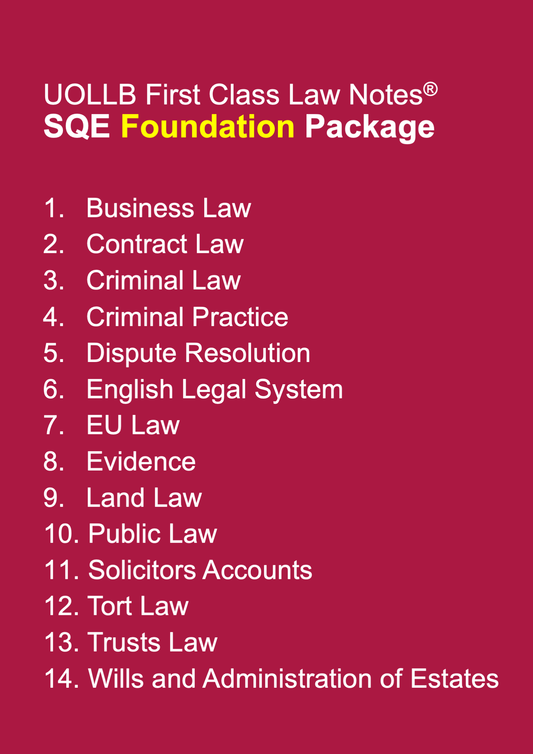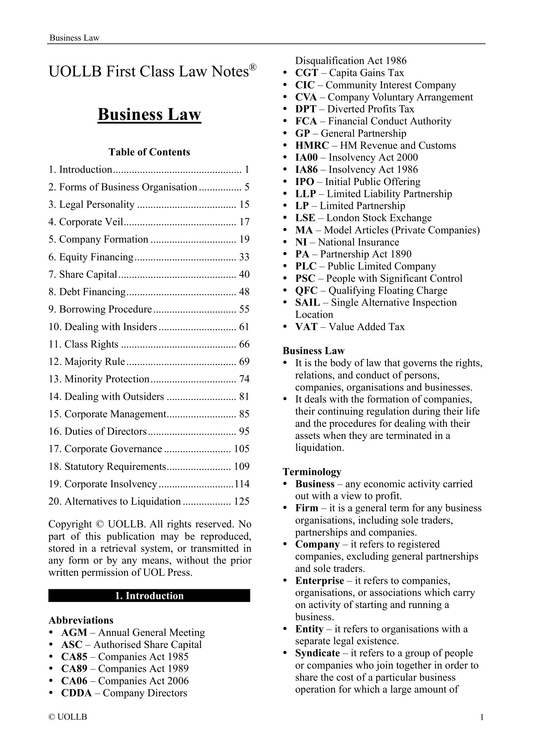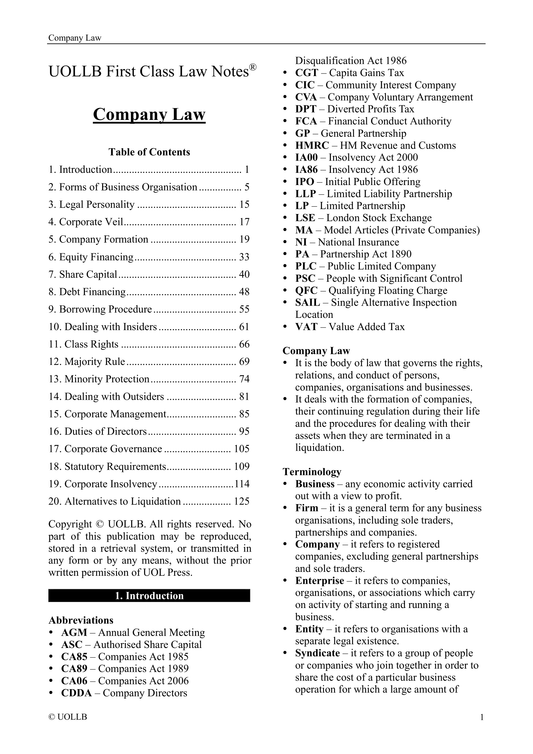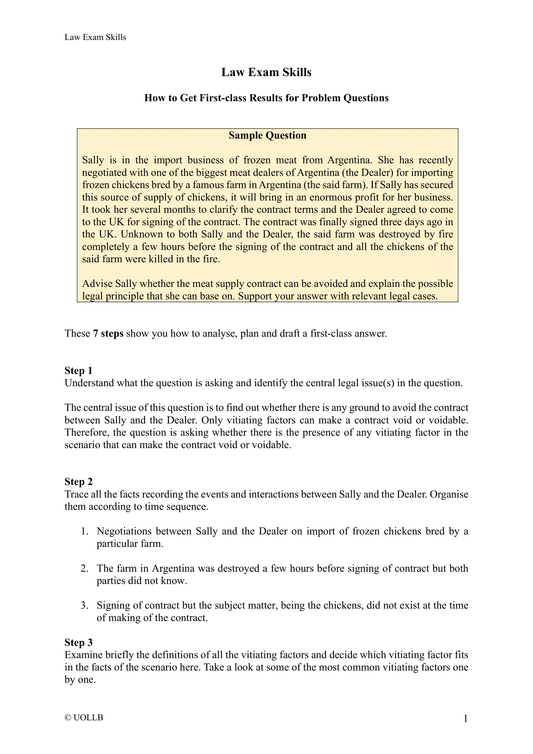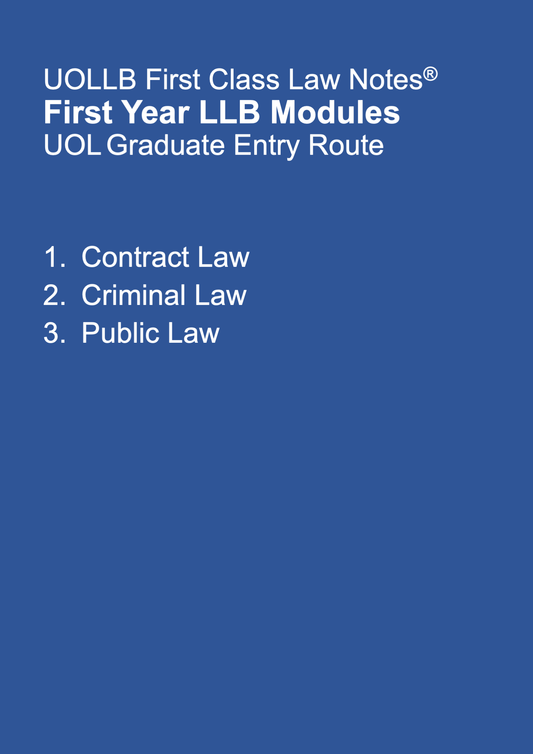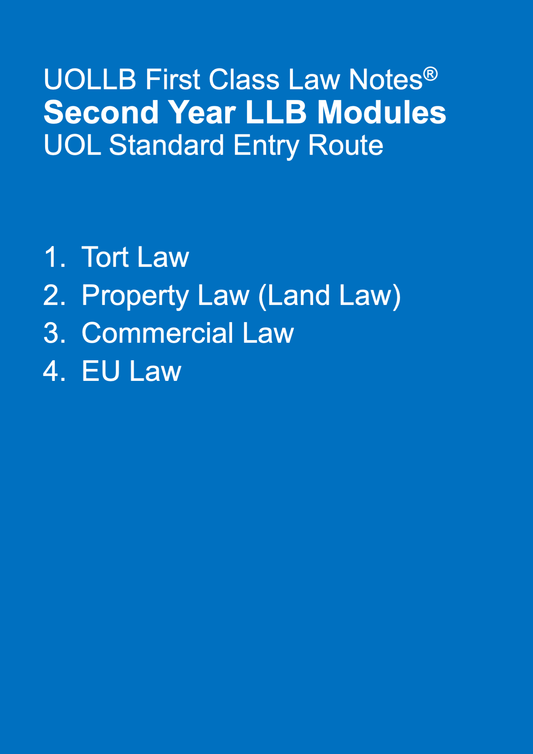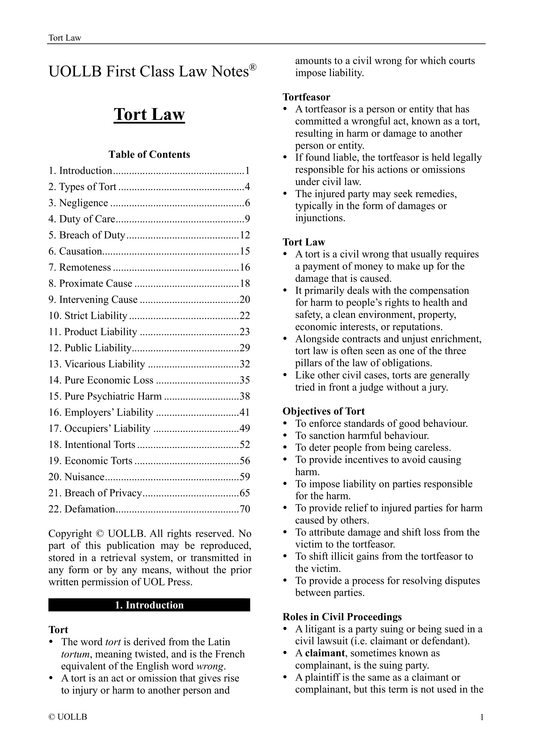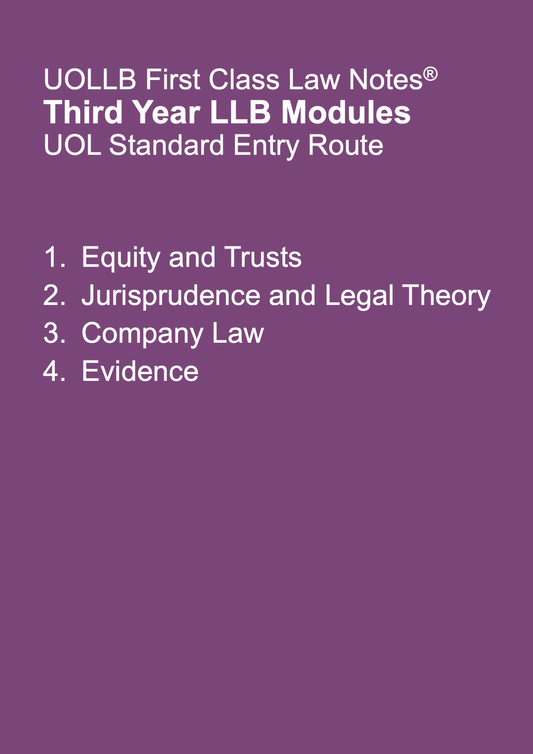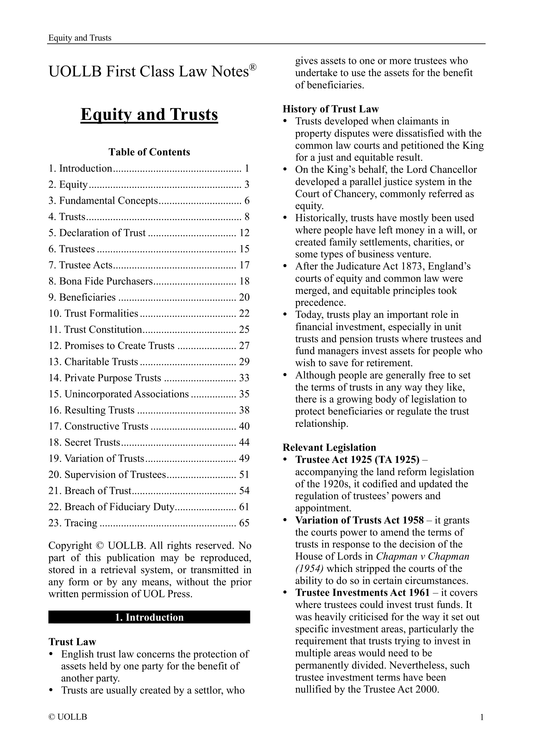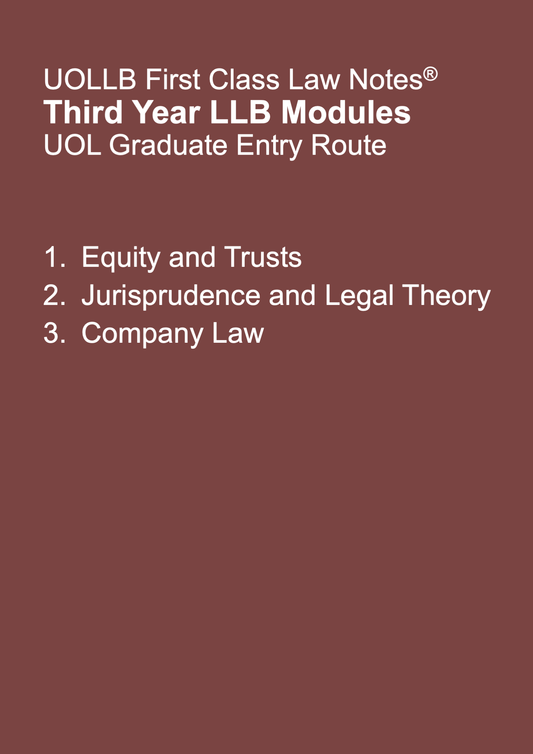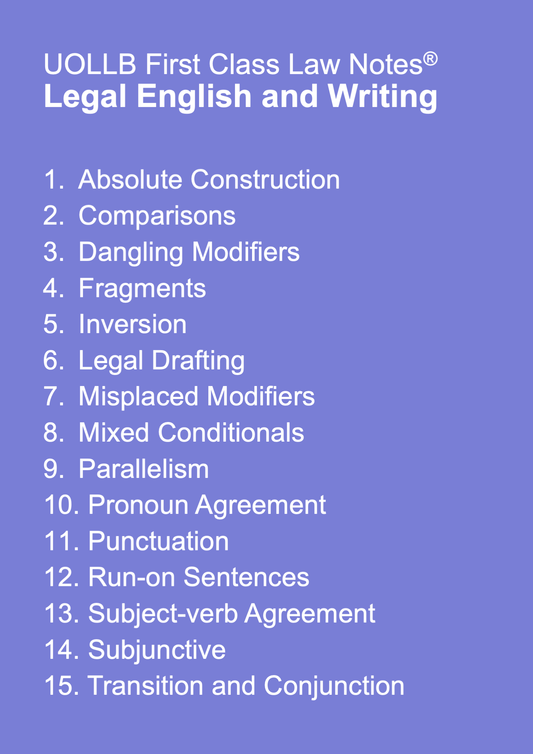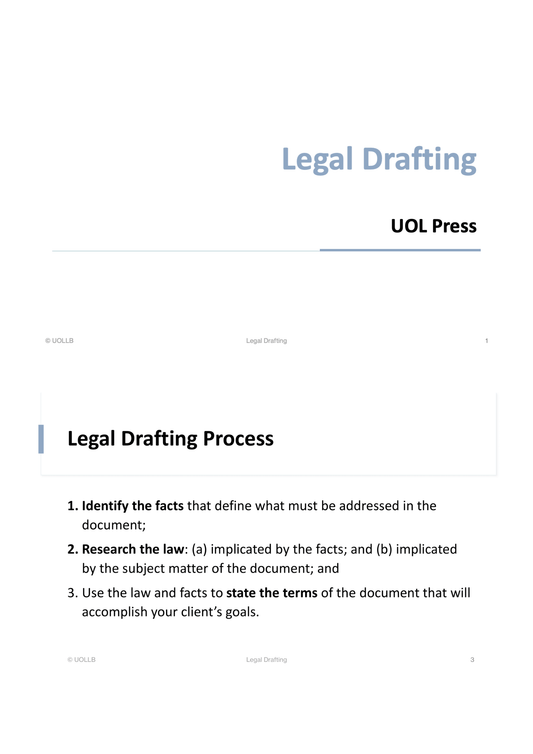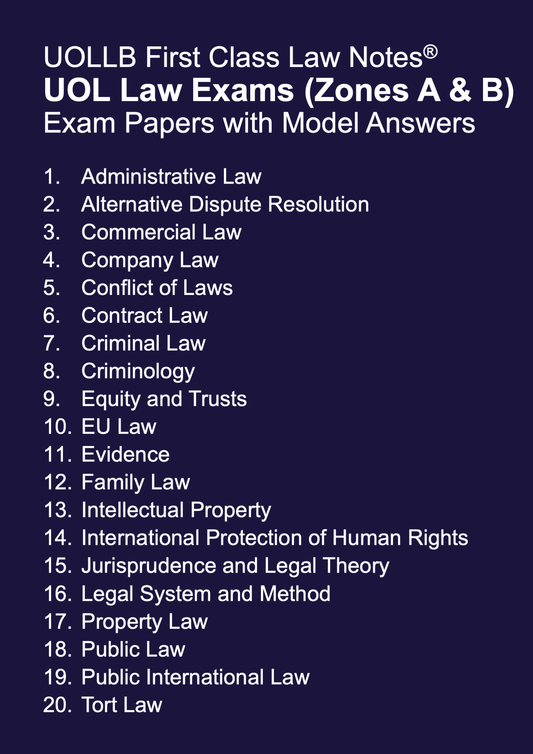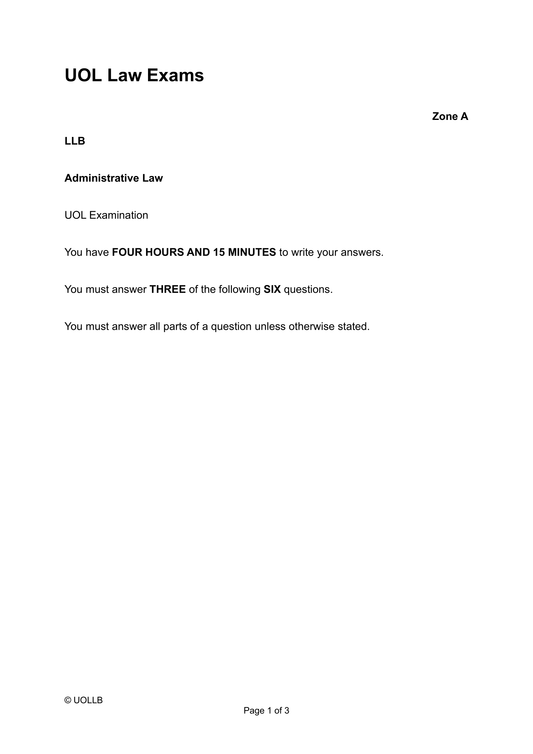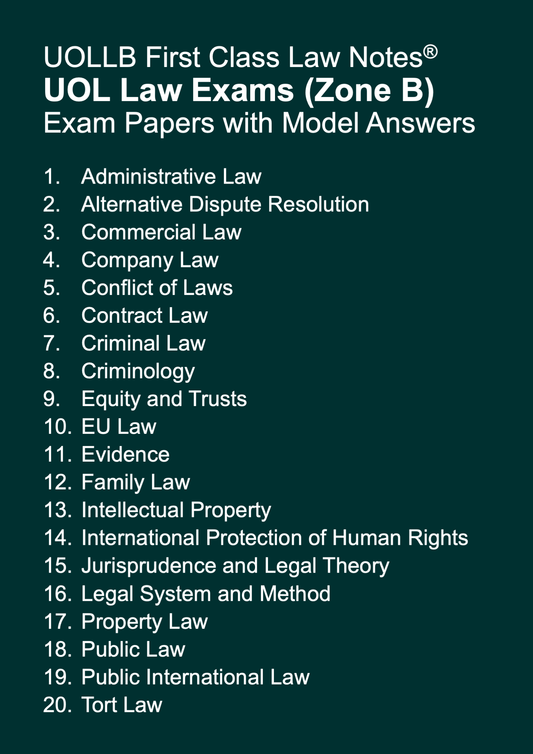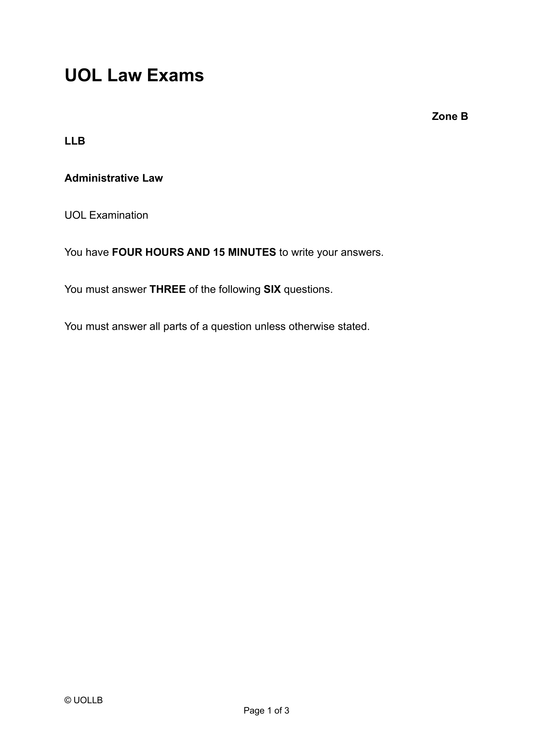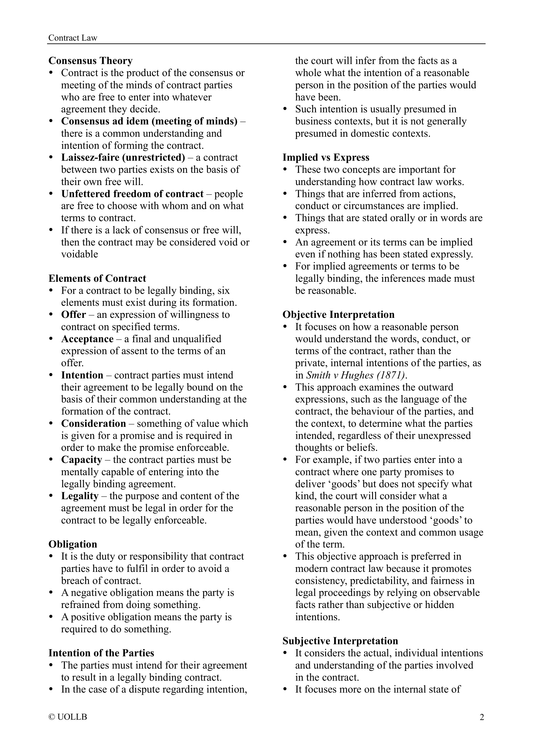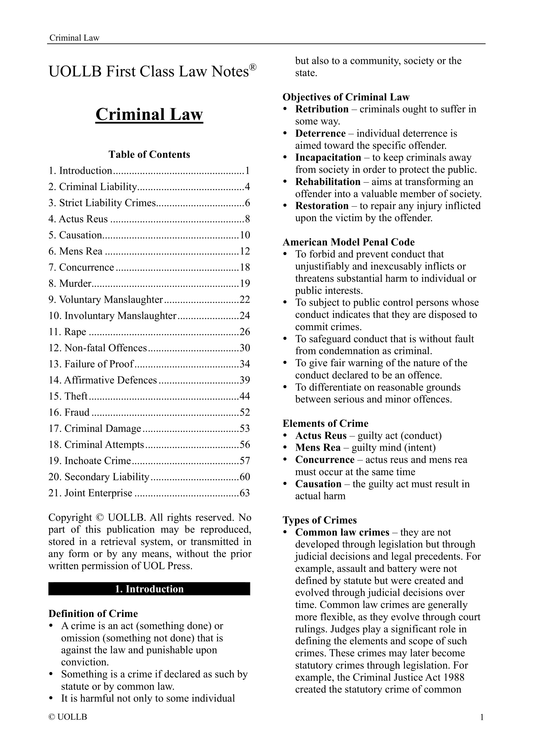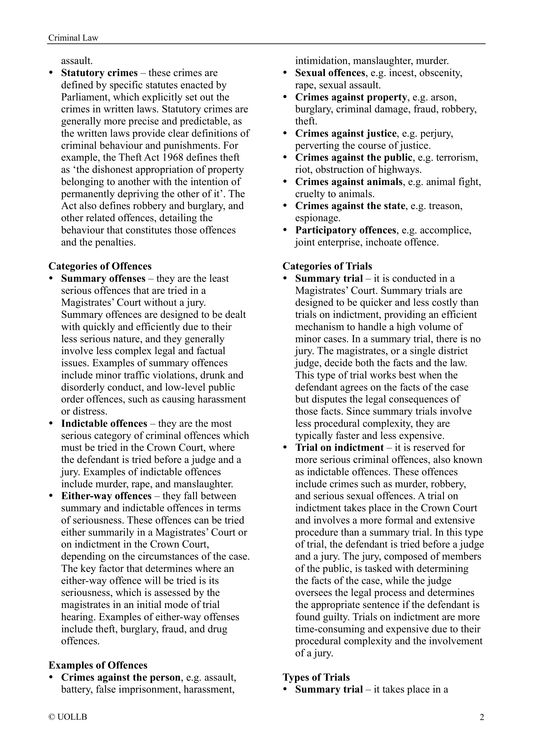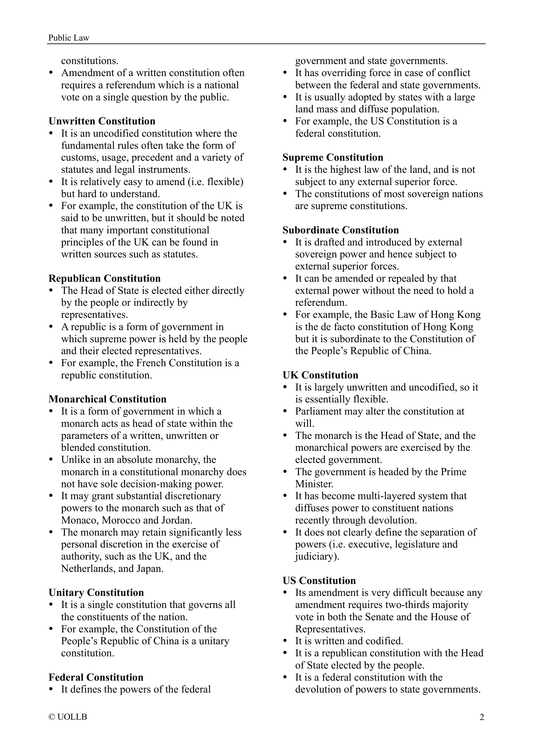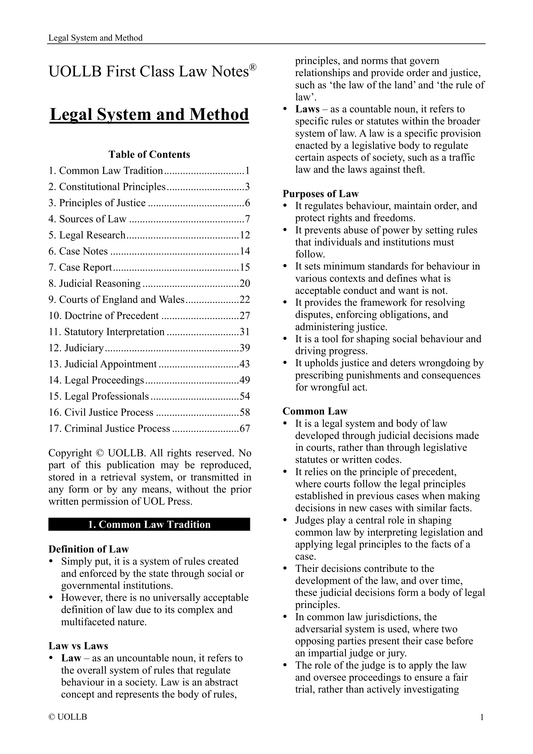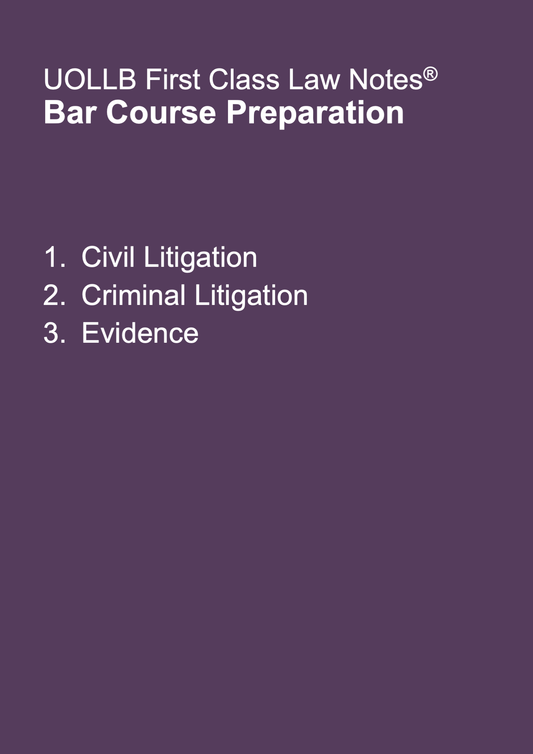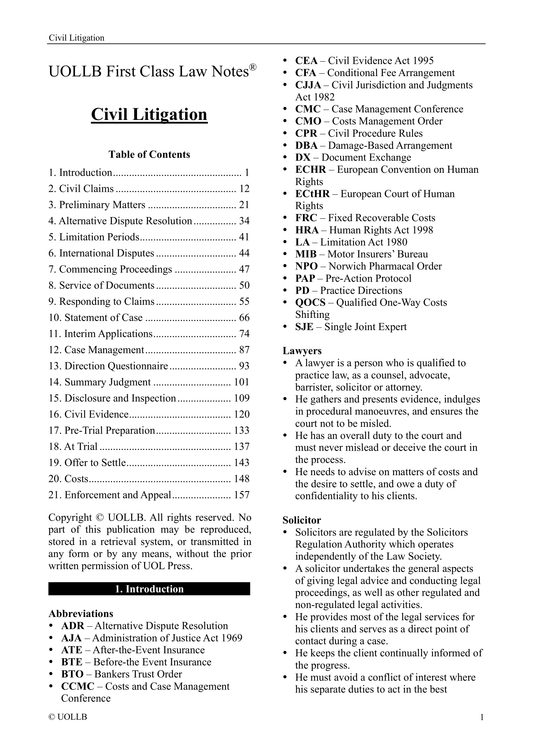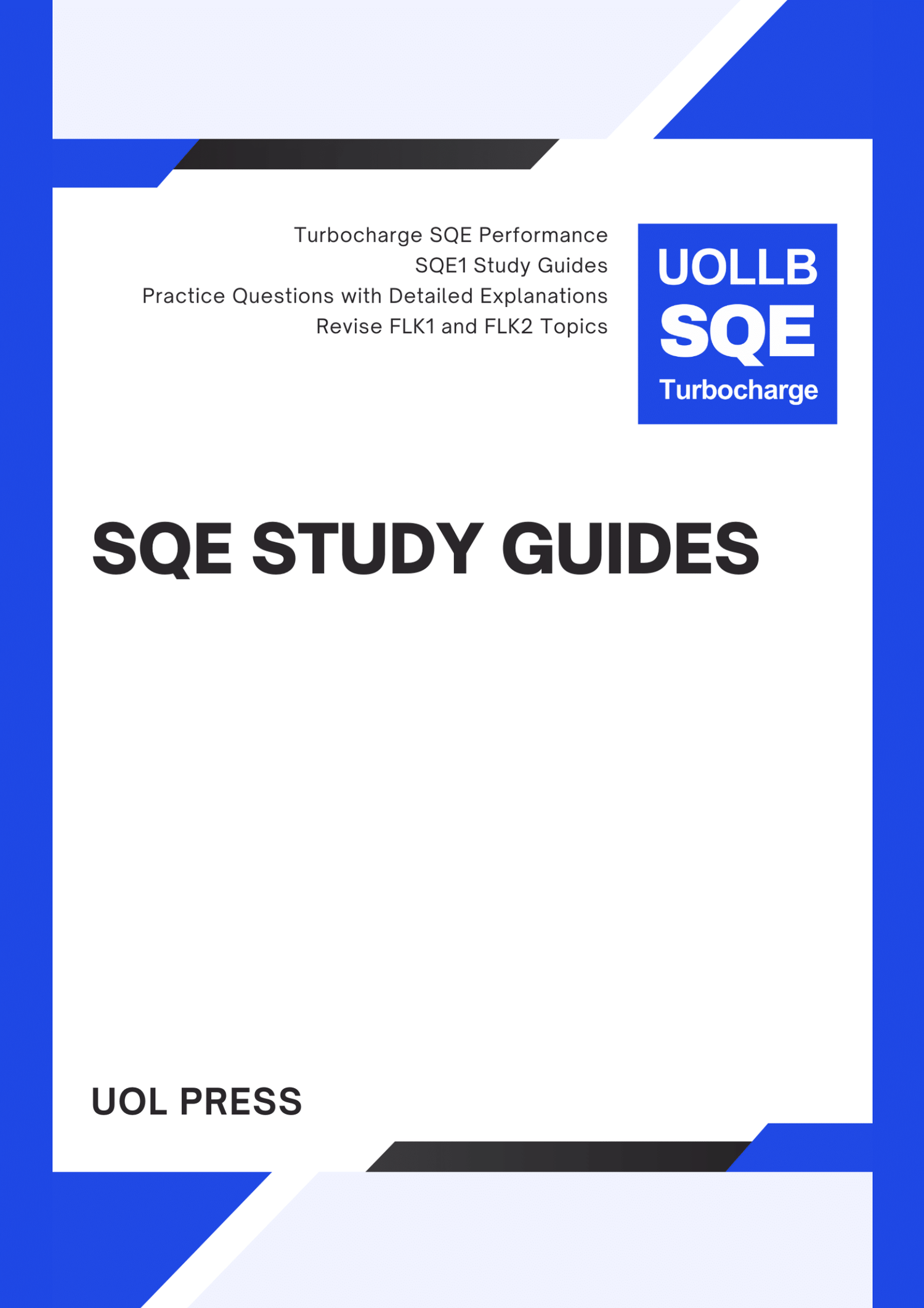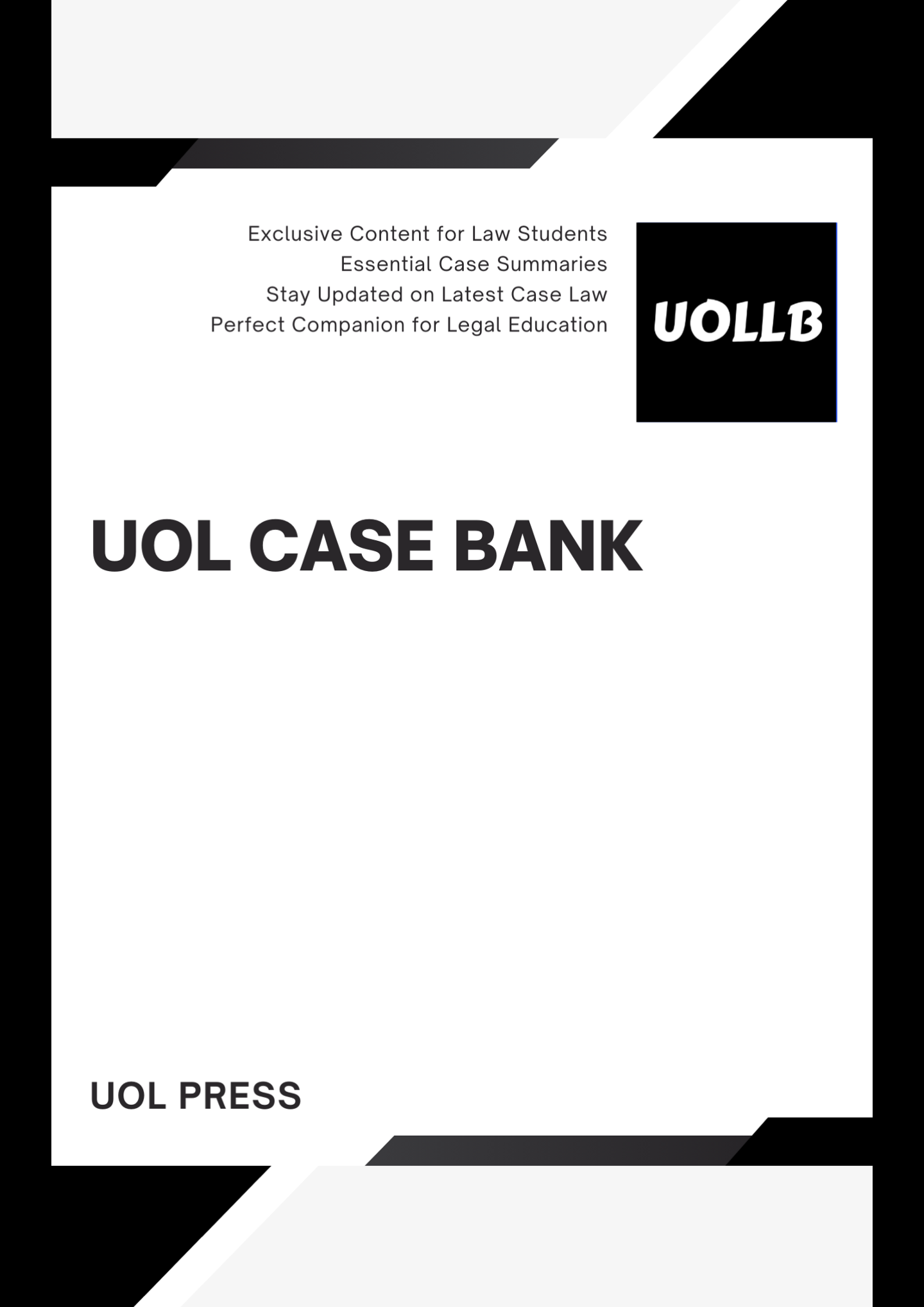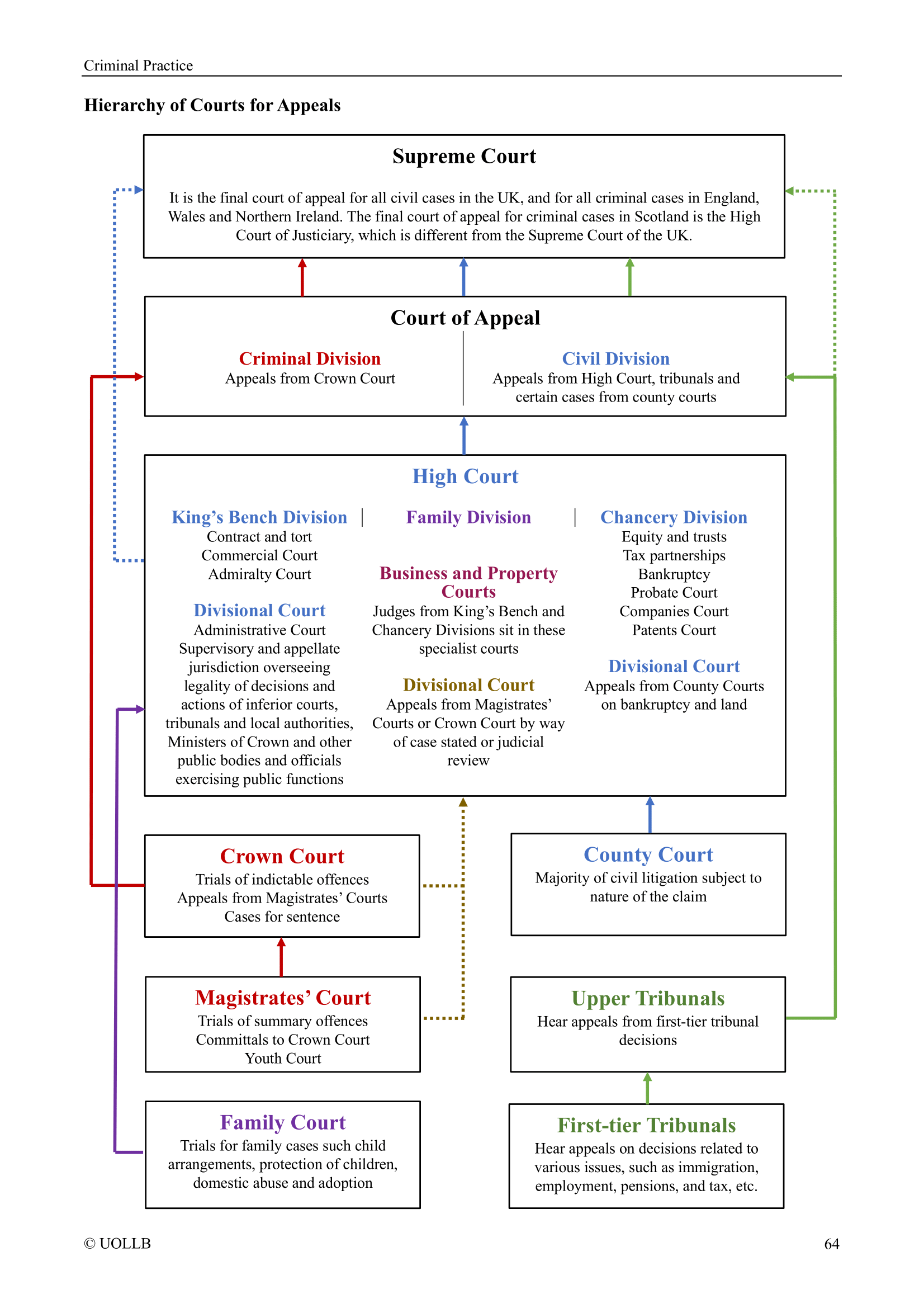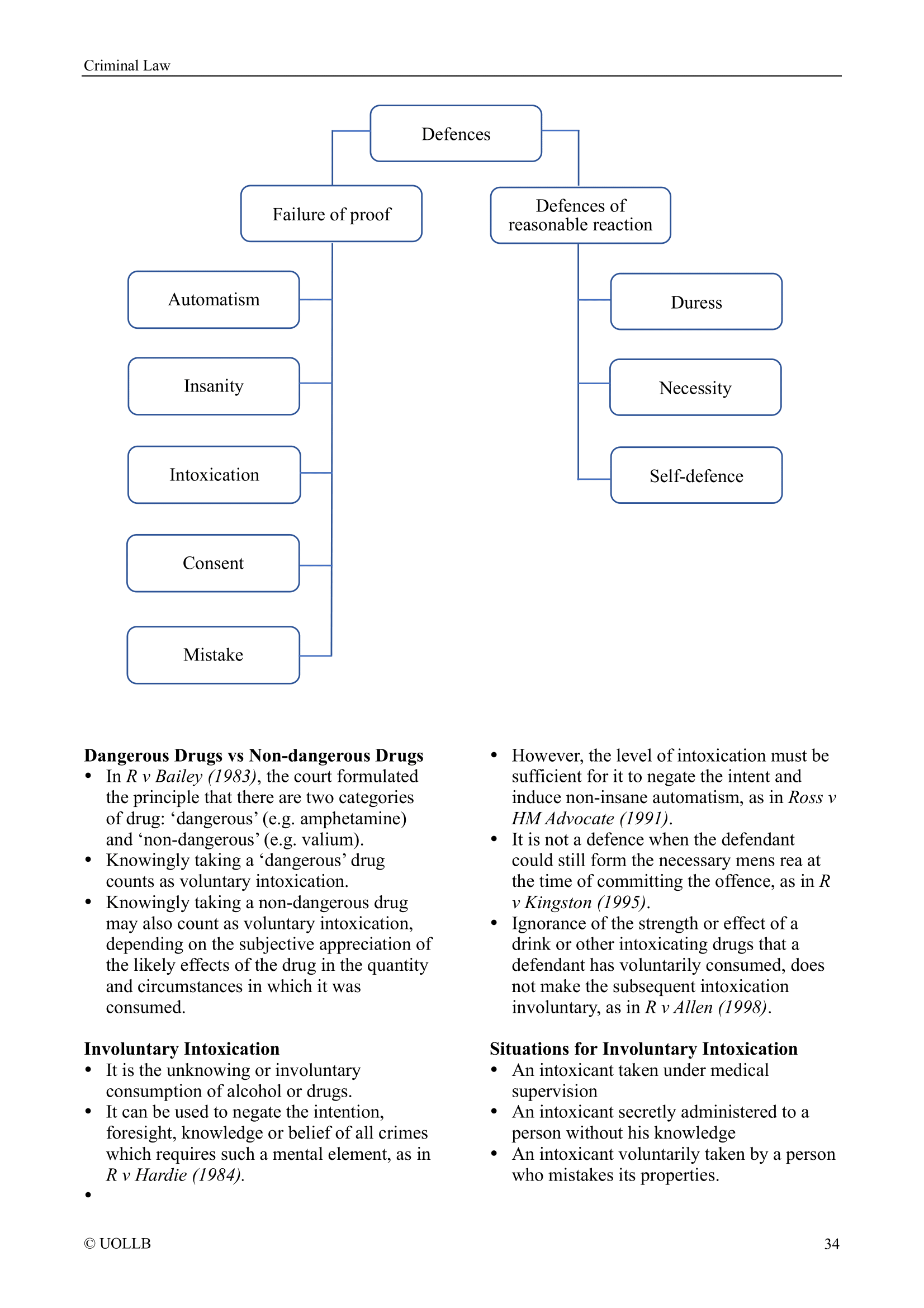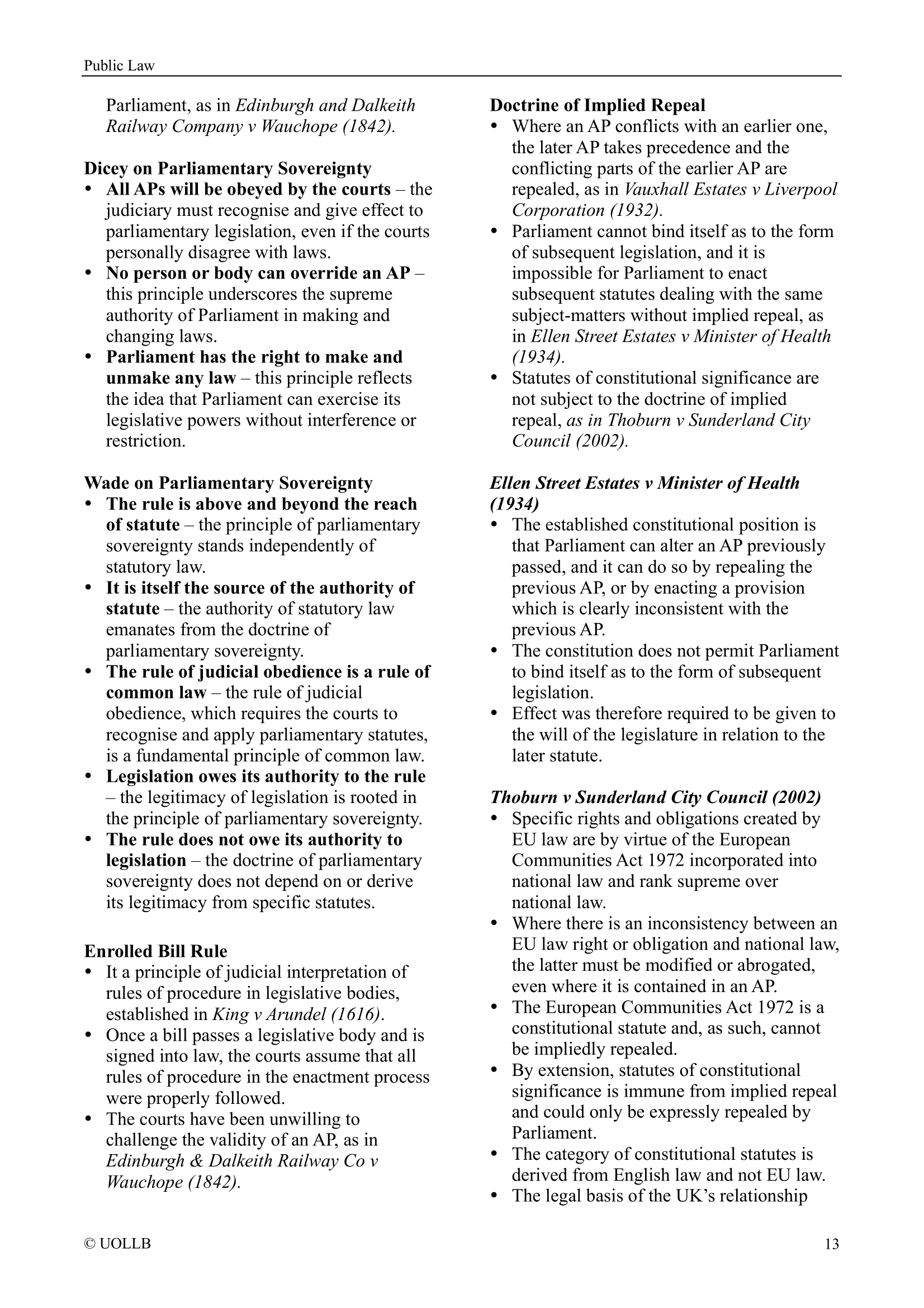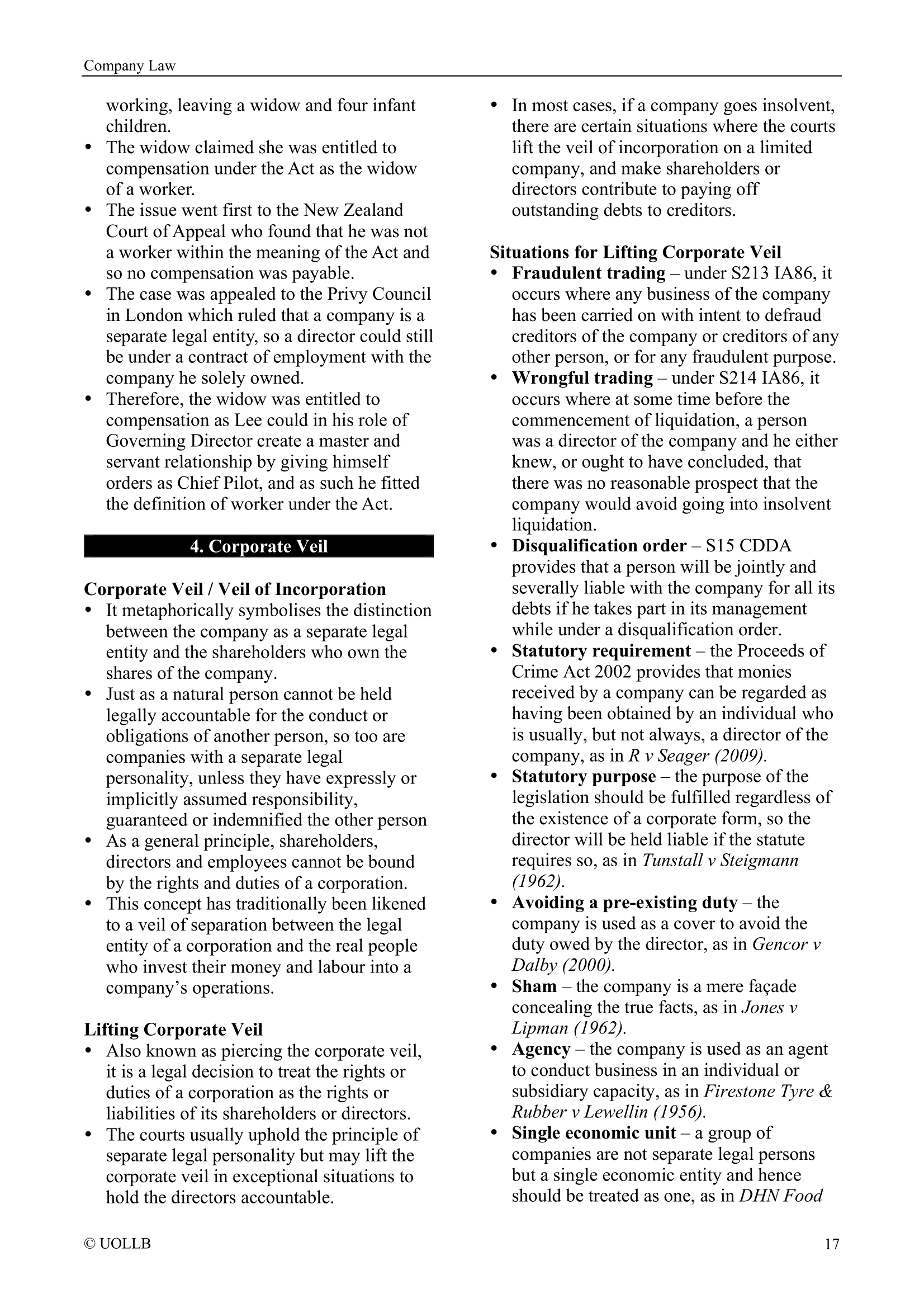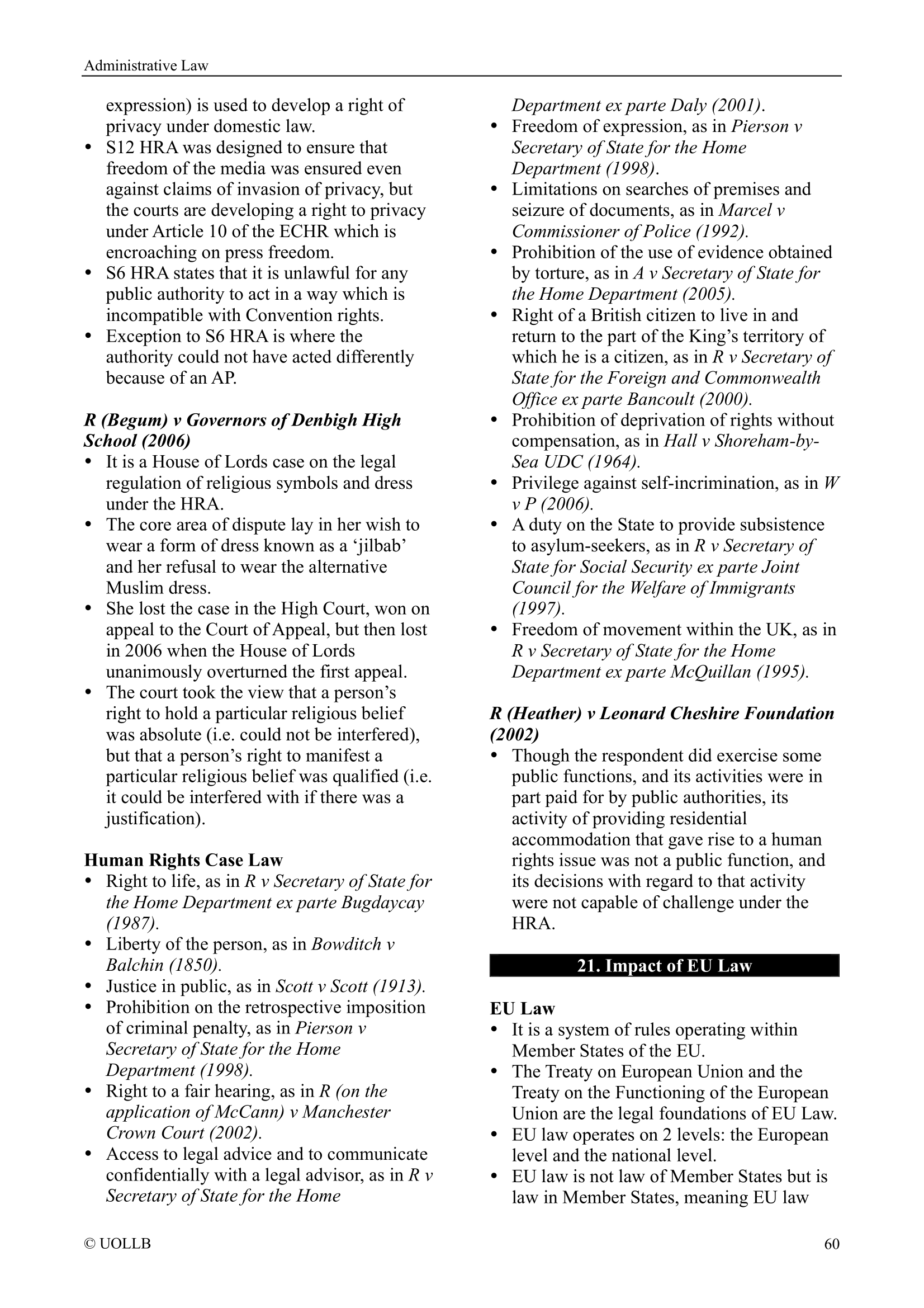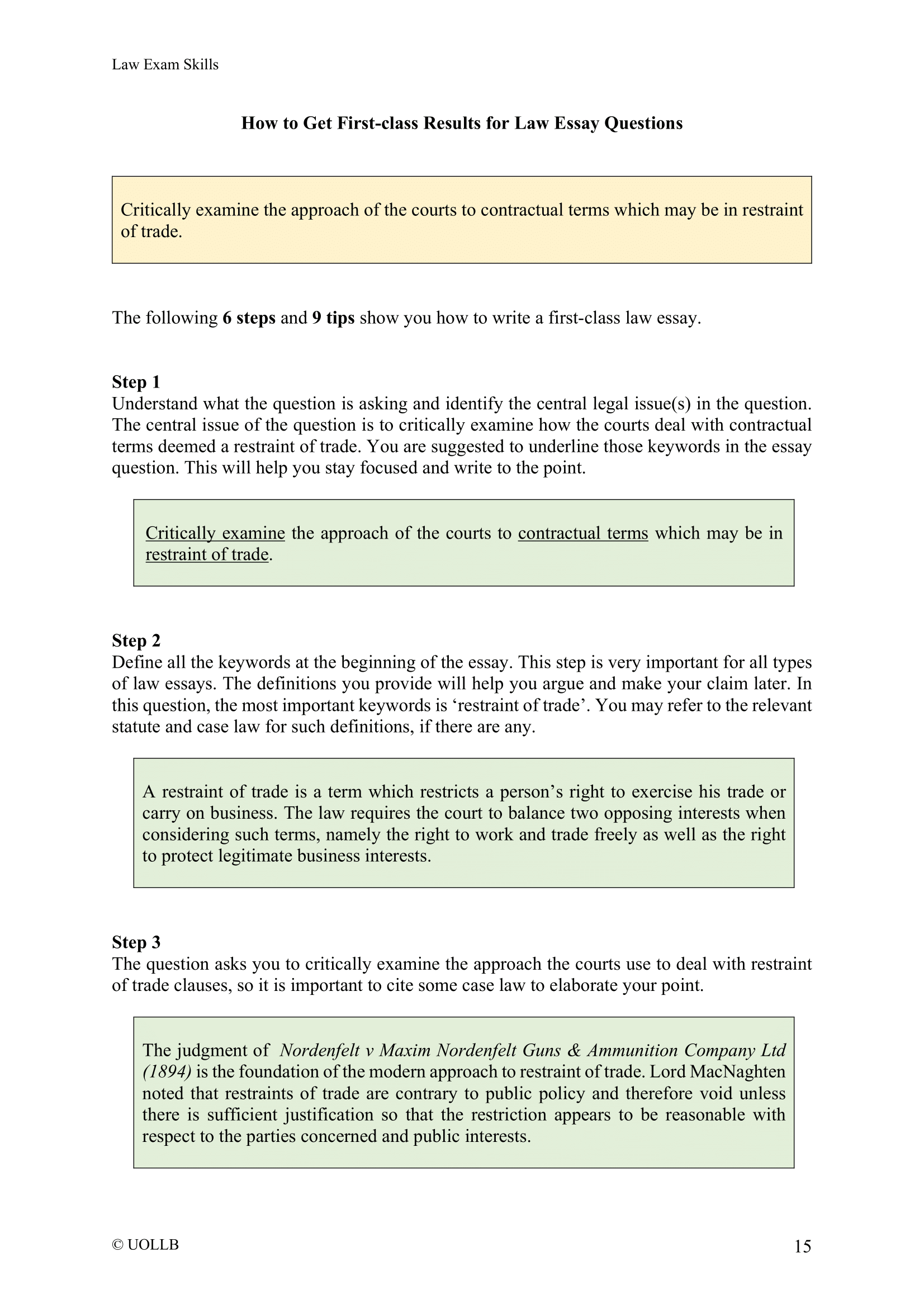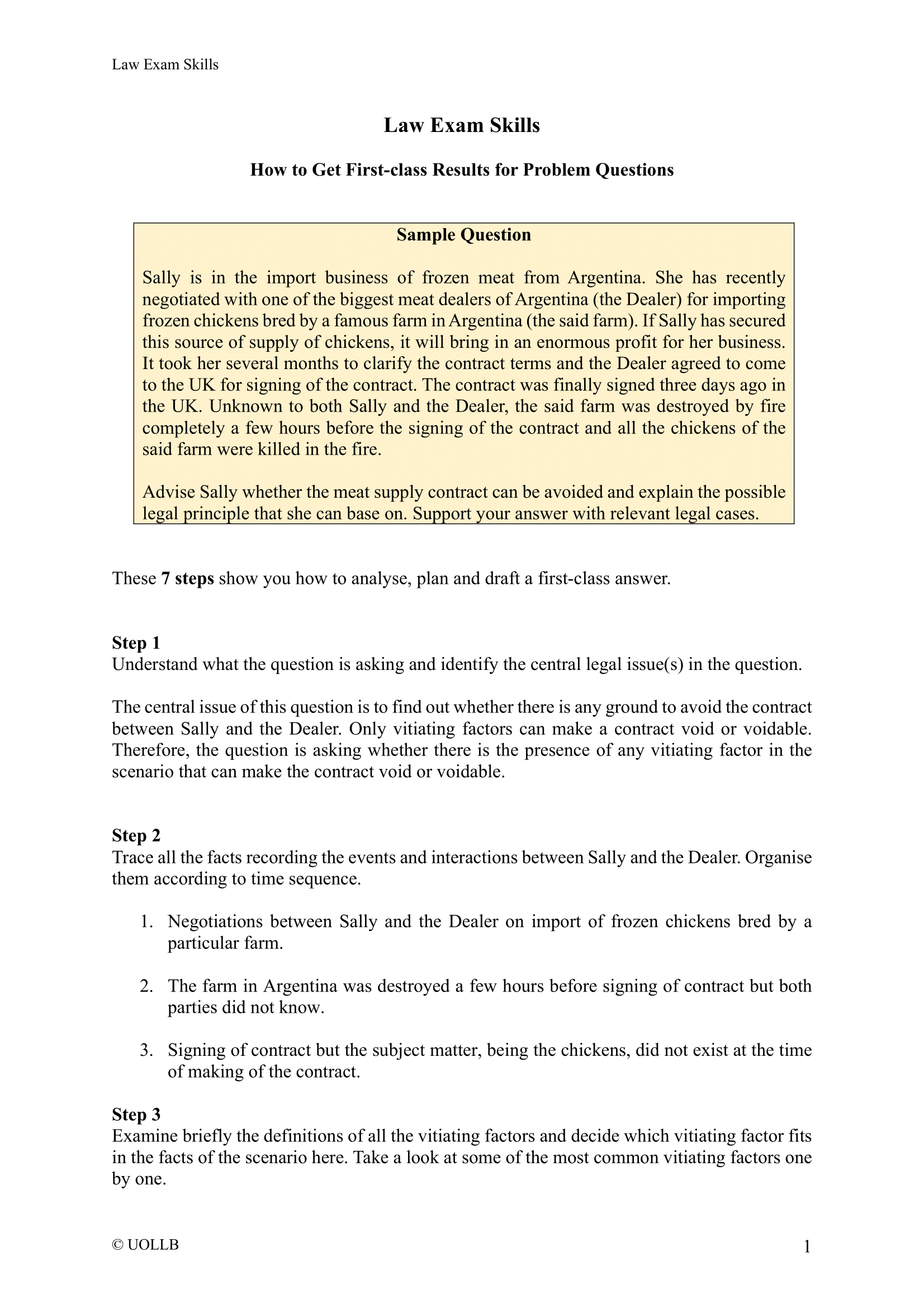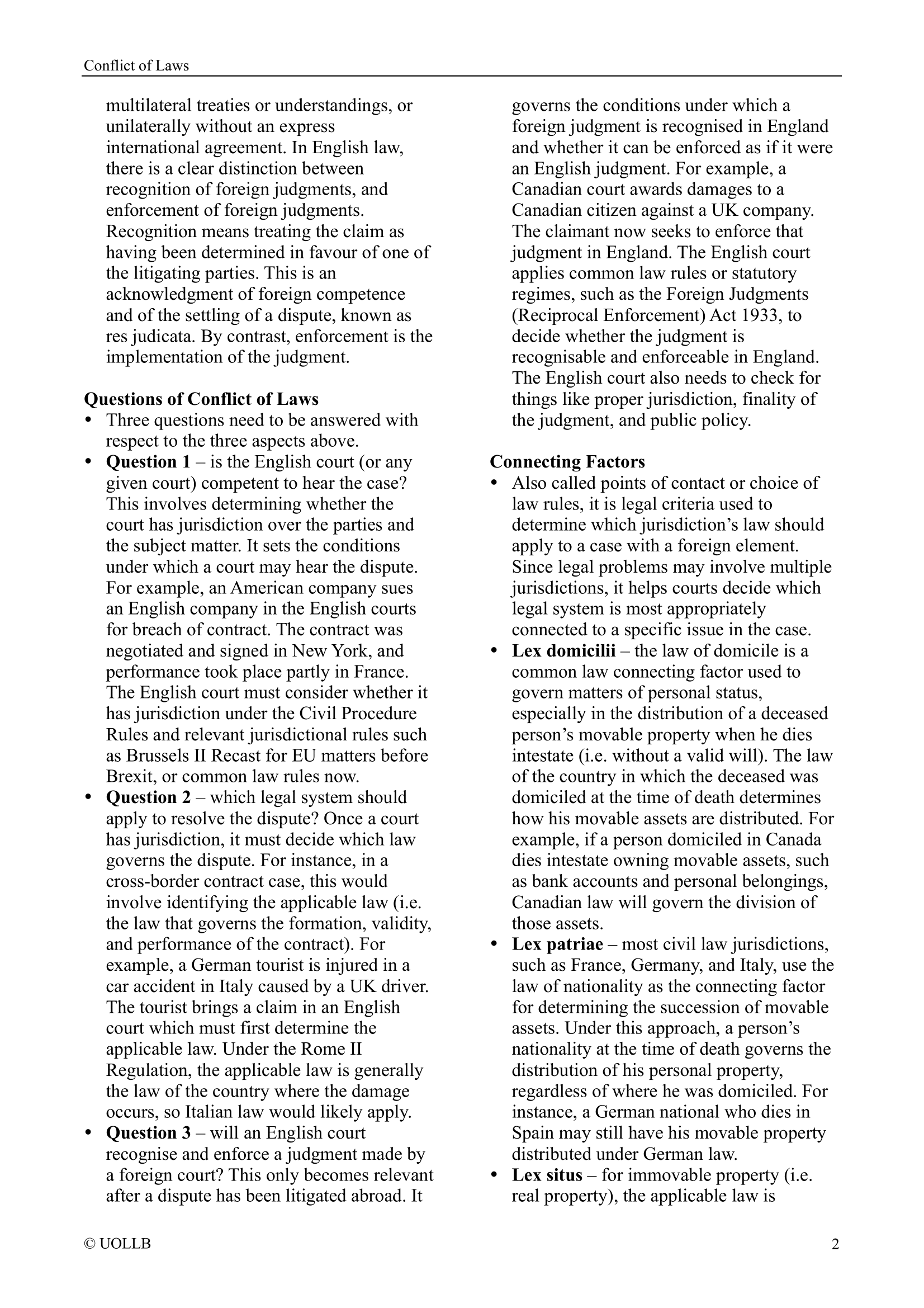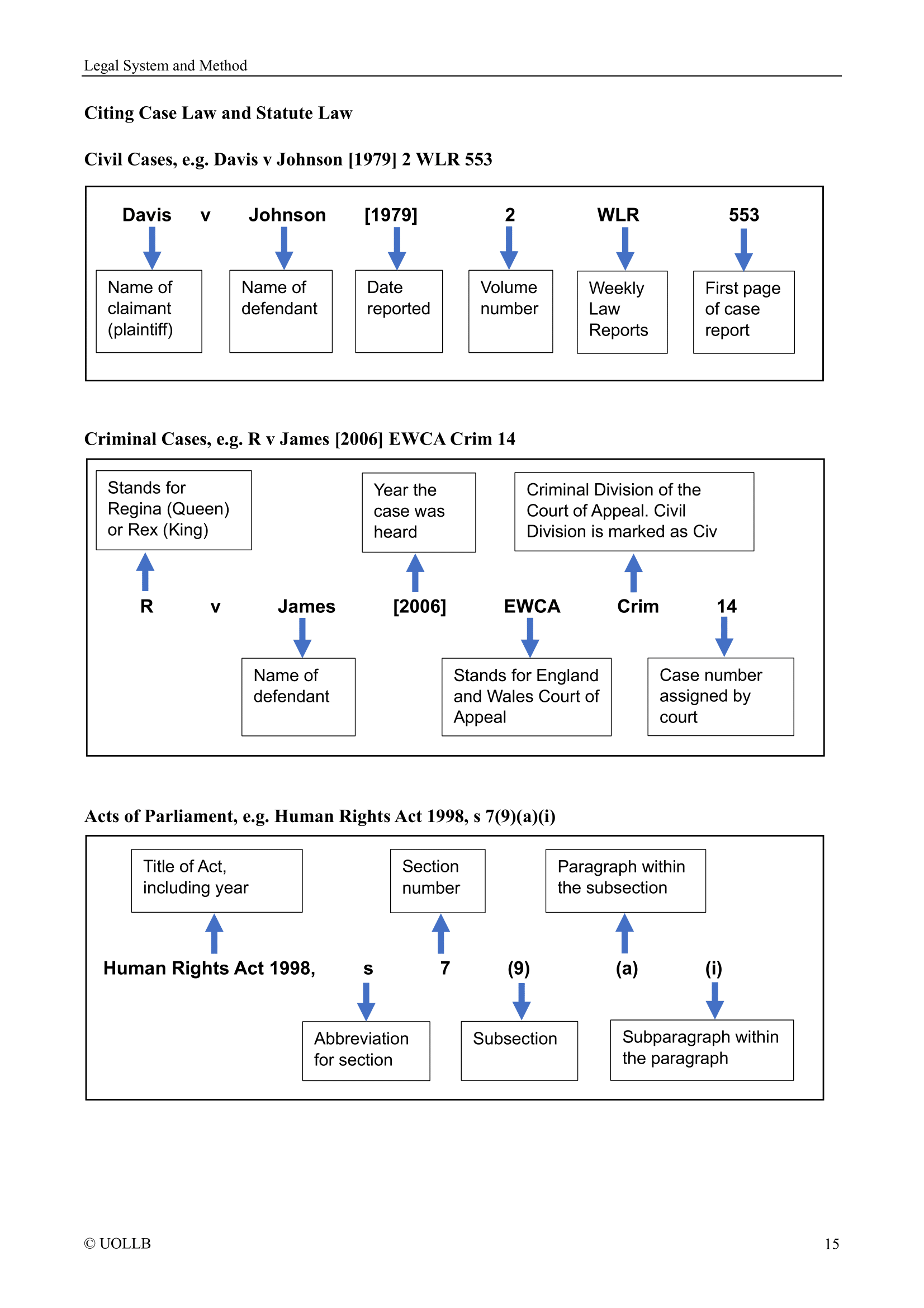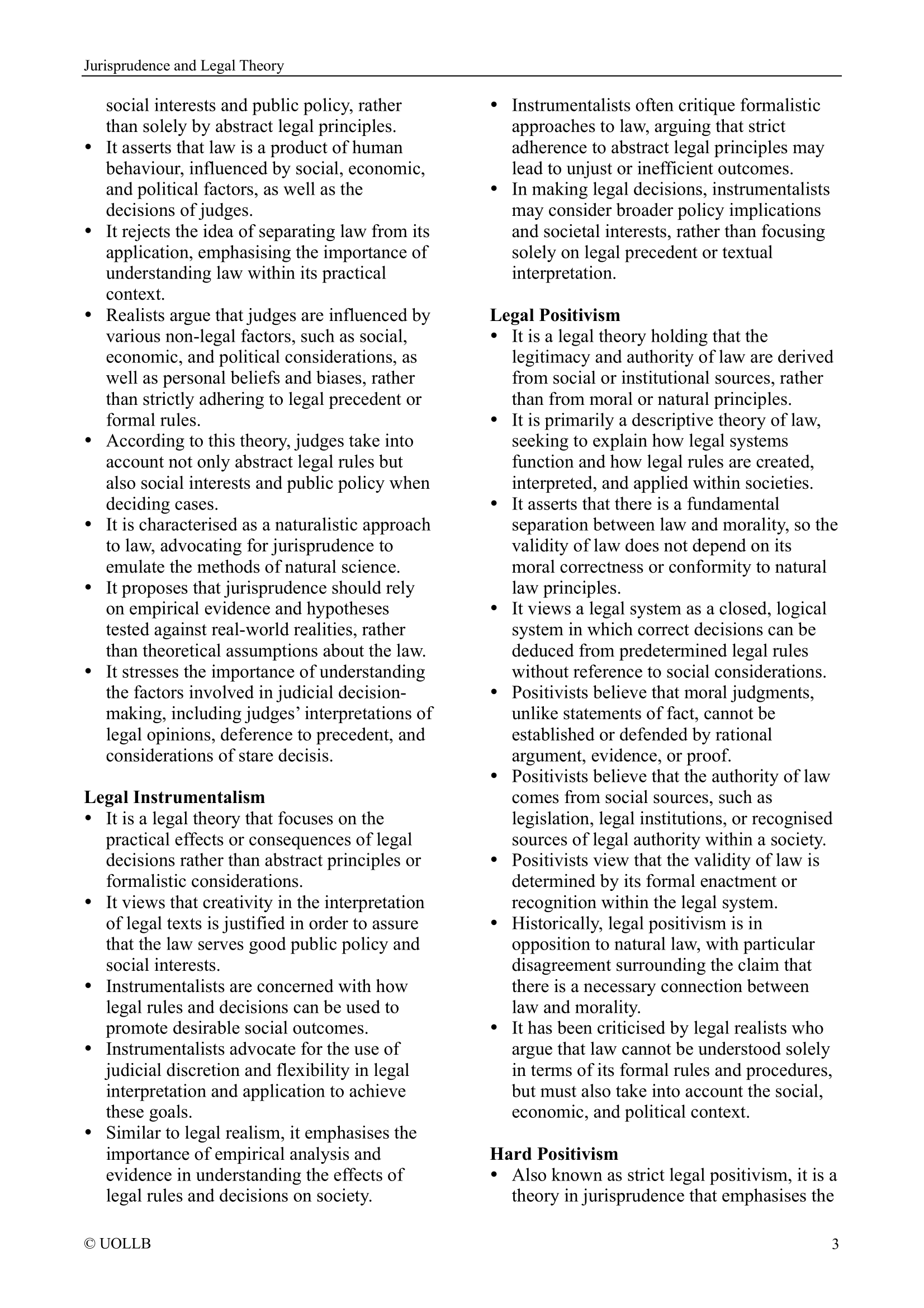R v Conway [1988]
Share
R v Conway [1988] 3 All ER 1025 is a significant case in English criminal law because it clarified and extended the concept of duress of circumstances as a defence to certain offences.
The facts concerned the defendant, Conway, who was charged with reckless driving. His passenger had recently been the victim of a shotgun attack and was still fearful for his safety. When Conway was approached by two plain-clothed police officers, the passenger panicked, believing them to be the attackers, and urged Conway to drive away quickly. In response, Conway drove off at speed, resulting in the reckless driving charge.
At trial, Conway argued that he had acted out of a genuine belief that it was necessary to drive away to protect his passenger from death or serious injury. The case therefore raised the question of whether a person could rely on duress of circumstances, where a person acts unlawfully because they believe it necessary to avoid a serious threat, in situations other than the classic "do this or else" threats made by another individual.
The Court of Appeal, led by Woolf LJ, held that duress of circumstances could indeed be a valid defence, provided certain conditions were met. The defendant must have acted because they reasonably believed it was necessary to avoid death or serious bodily harm, and their actions must be proportionate to the threat. Woolf LJ emphasised that, whether the defence is labelled "duress" or "necessity," it is subject to the same strict limitations as traditional duress by threats. This means it cannot be used to excuse all unlawful conduct and must be grounded in a credible, immediate danger.
This case was important because it formally recognised that duress of circumstances is not limited to situations involving human threats but can also arise from external circumstances creating an imminent danger. R v Conway therefore widened the scope of the defence while reinforcing that it must be applied carefully to prevent abuse.

